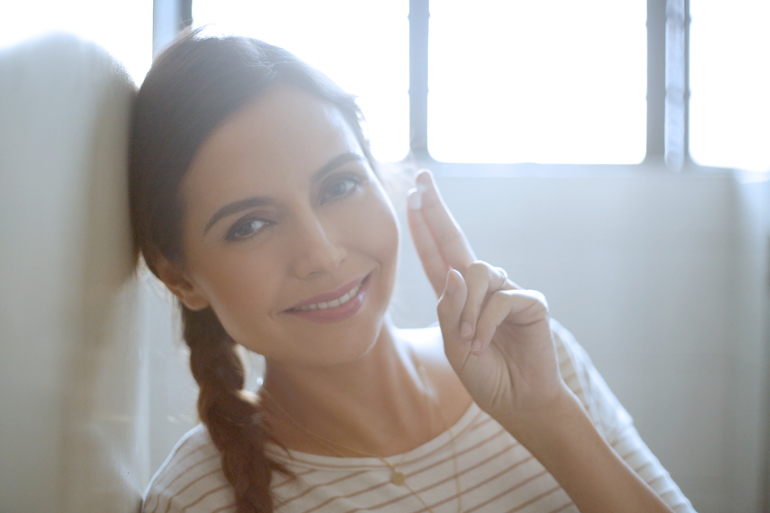
It’s easy for us to assume that all sunblocks are created equal. We slather them on and they all work the same, right? Wrong. There’s quite a bit to learn when it comes to choosing the right sun protection for you: from physical to chemical barrier, UVA to UVB protection, and basic formula make up (cream, gel, spray, etc.) Here are some basics to make sure you choose the ideal sun protection for your needs.
Physical vs. Chemical Barriers
Physical barriers in your sunscreen mean that they sit on top of your skin and reflect the sun’s rays to prevent them from penetrating. The only two physical barrier ingredients in sunscreen today are Titanium Dioxide and Zinc Oxide. Both ingredients have been known to leave a whitish cast on the skin when initially slathered on. But with the new technology of micronized Zinc Oxide, this has become less of a problem.
Chemical barriers are absorbed into the skin but are known to feel lighter. Some popular chemical barriers are oxybenzone, avobenzone, octisalate and octocrylene. They often have a not-so-pleasant scent, which needs to be masked by a fragrance. These are the ones you usually find in clear gels and sprays.
It’s recommended that pregnant women and children below the age of three stick to physical barrier sunscreens.
UVA vs. UVB
UVA are long wave ultraviolet rays that reach into our deeper layers of skin and harm us at a more cellular level. UVB are short wave ultraviolet rays that attack only the top layer of the skin. To make it easy to understand: UVA rays make us look older while UVB rays burn our skin and make us tan. Both are harmful to our bodies. Just because it’s a cloudy day, it doesn’t mean that UVA rays aren’t penetrating our skin and affecting our cells. Certain countries with thin ozone layers also have more UVA rays present in their atmosphere. You need to make sure that your sunblock is broad spectrum, which means that it will protect from both rays.
High vs. Low SPF
SPF stands for “sun protection factor” which shows the sunscreens ability to deflect UVB rays. The higher the number, the longer you are protected or able to stay out in the sun. But you have to remember that sunscreen wears off over time and should be reapplied every two to three hours if outdoors or immediately after swimming.
How to Apply
Any sunscreen won’t work properly if you don’t use the correct amount. It’s recommended that you use around a shot glass full of sunscreen for the entire body and as much as teaspoon on your face and neck. You should also be applying your protection at least 30 minutes before you begin to have fun in the sun or most chemical sunscreens won’t work properly. And for the love of beauty, be sure to wear sun protection on your face, neck, and hands every day.
Related Products:



